I would venture to assert Black Gap Wildlife Management Area in the Big Bend region near the Mexican border is not only the most remote place in Texas but one of the most remote areas of the country. The WMA is the lesser-known state park here in Far West Texas and sits adjacent to Big Bend National Park. It’s a diamond hidden in plain sight that Instagram influencers will never notice. There’s a lot to unpack here, so let’s begin.
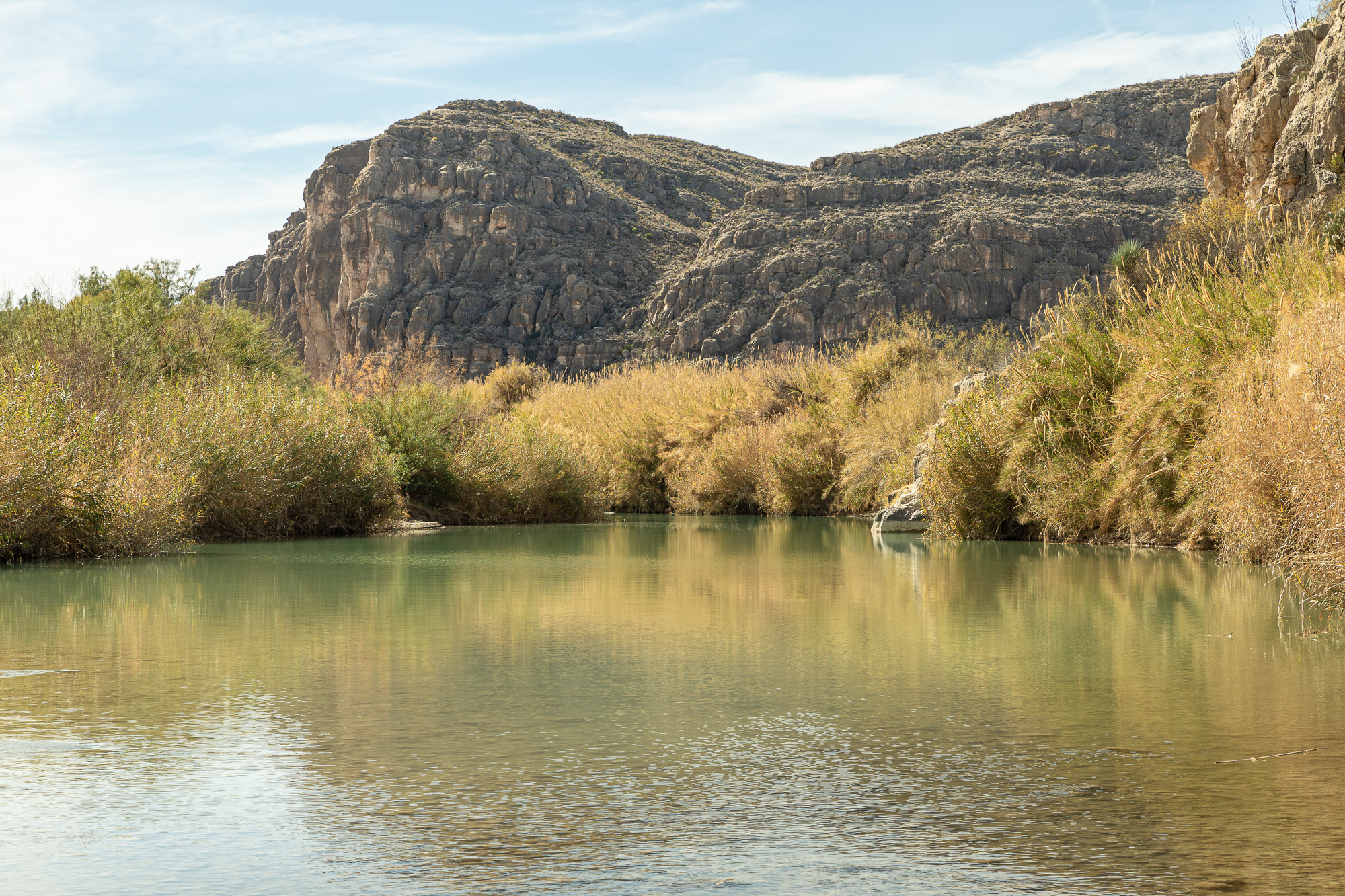
Texas does not boast an abundance of public land, but it’s not hard to find vast swaths of recreation lands. It’s there; you just have to know where to look. And what is there is largely pay-to-play, which I’m okay with because this generally keeps the visitors at a reasonable number. The state park complex in Big Bend consists of the widely popular Big Bend Ranch State Park, Black Gap Wildlife Management Area, and soon-to-be-state-park Chinati Mountains State Natural Area. Here we’ll focus on Black Gap, an oasis for hunters and 4WD camping enthusiasts.
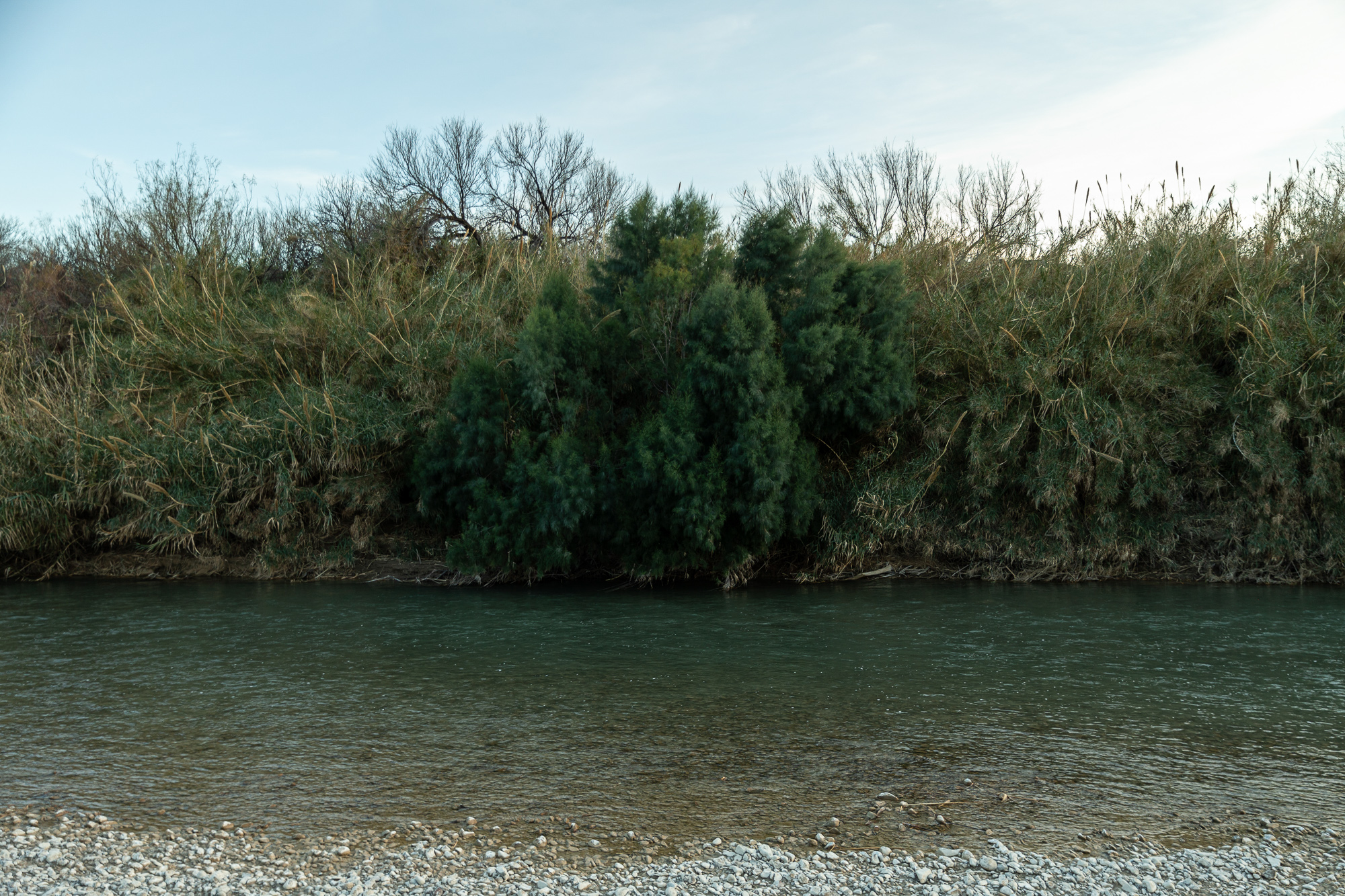
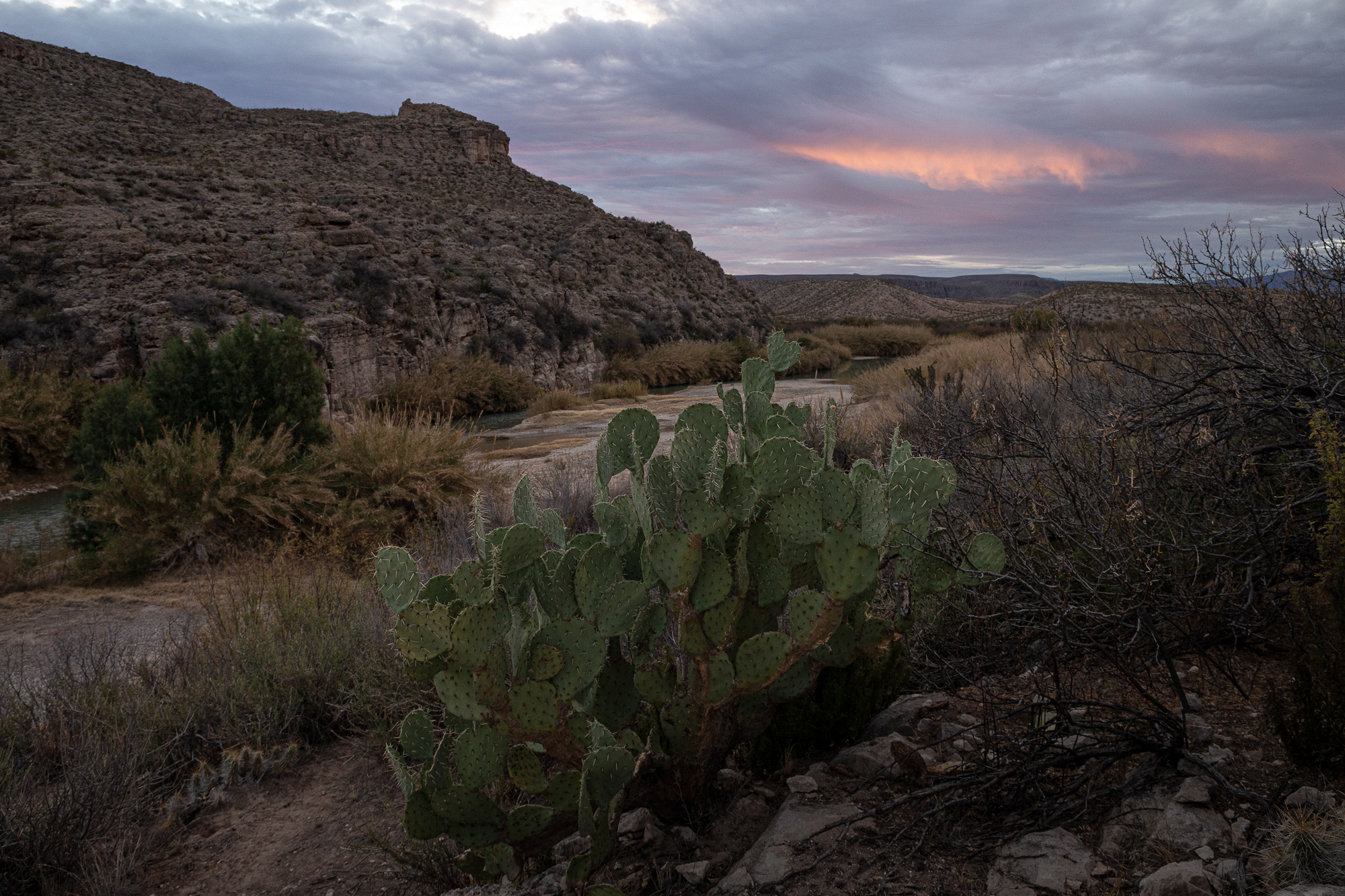
First, to gain access to Wildlife Management Areas, you’ll need a $12 permit valid for an entire year (September 1 to August 31 of the following year). WMAs are considered public land in the eyes of the state and are mostly very primitive. Your Limited Public Use Permit covers all activities, aside from hunting or fishing, which require separate permits. I know what you’re thinking, “Pay extra to use public land?” The answer is not so simple. The state park network largely consumes most taxpayer contributions leaving very little for the WMAs. The WMAs also see very few visitors each year. Your $12 permit goes toward the maintenance and beautification of these public lands. You are granted unlimited enjoyment of the properties for a low annual cost.

My first time inside the Black Gap was during a volunteer project for Texas Parks and Wildlife. The park’s namesake is derived from a passage between topographic features at its western edge. For centuries, ancient people, ranchers, hunters, and those seeking solitude have all passed through the Black Gap.
The Rio Grande is all that separates you from the wild and scenic terrain of Northern Mexico. Many campsites are nestled on the Rio’s banks. The water’s gentle flow toward the Gulf lulls you to sleep each night. When you’re out there, none of it seems controversial: arid breezes, cliffs, desert flora, solitary un-confinement. Here the wind seems almost haunting as the soul of the desert wraps all around you. I still remember the first time I felt it out in Big Bend country.
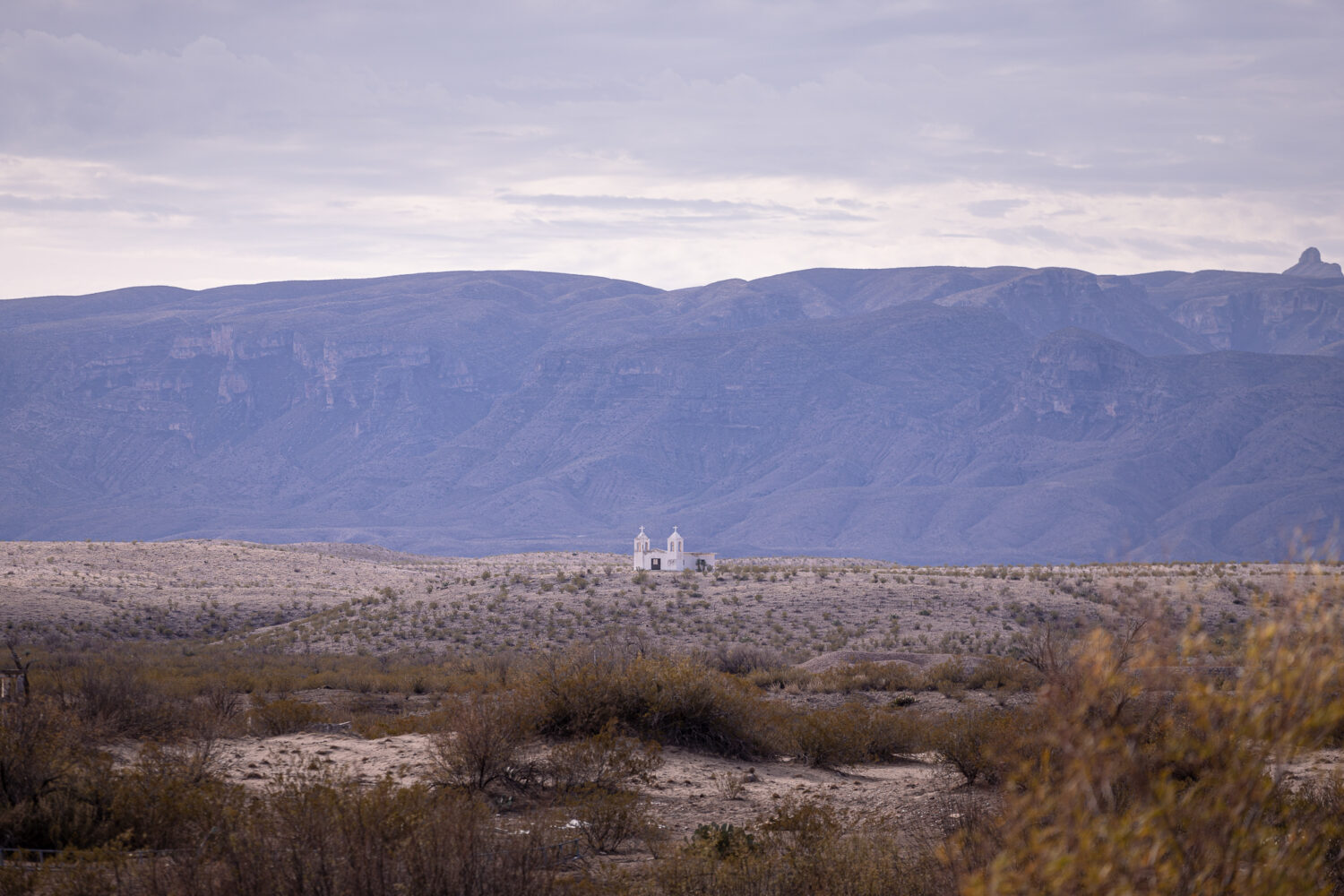
The western romance is contrasted by the stark human element, which is evident when you know where to look. Humans cross this border and leave their relics behind. Beef bones, misplaced shoes, cooking utensils, handmade bamboo windchimes. Are the windchimes a product of boredom or the beacon of a safe place to rest? You’ll never see anyone to ask.

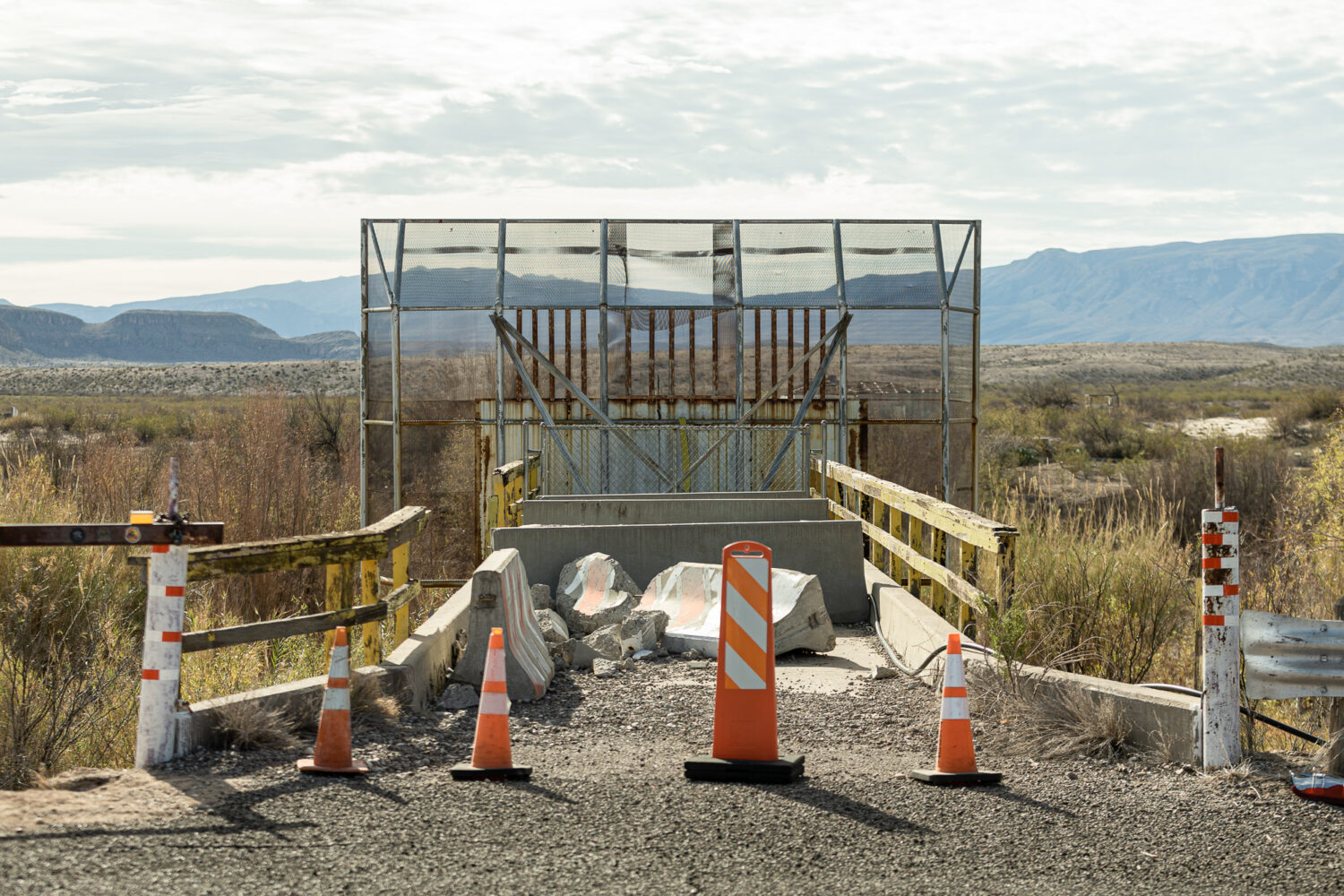
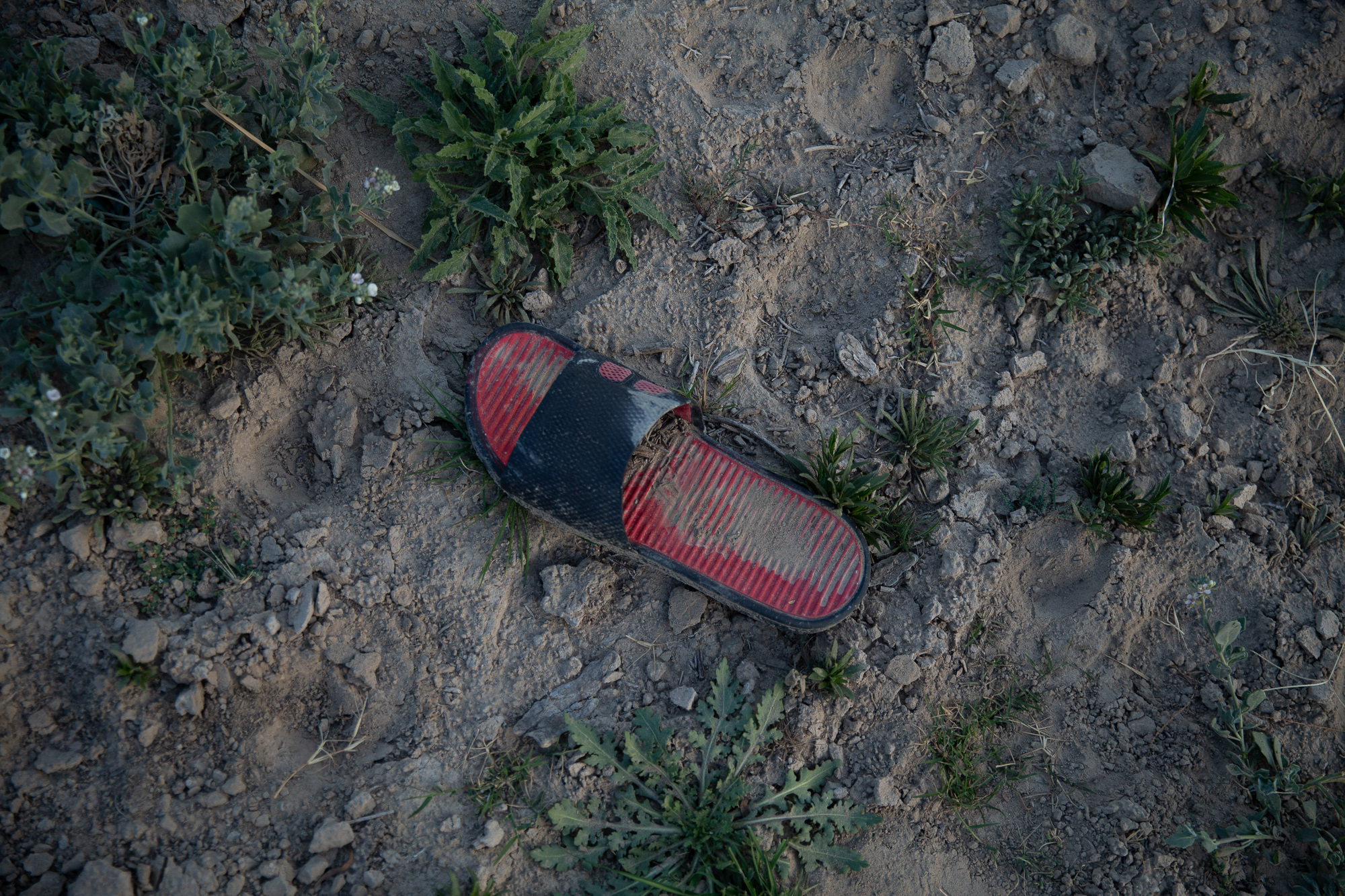
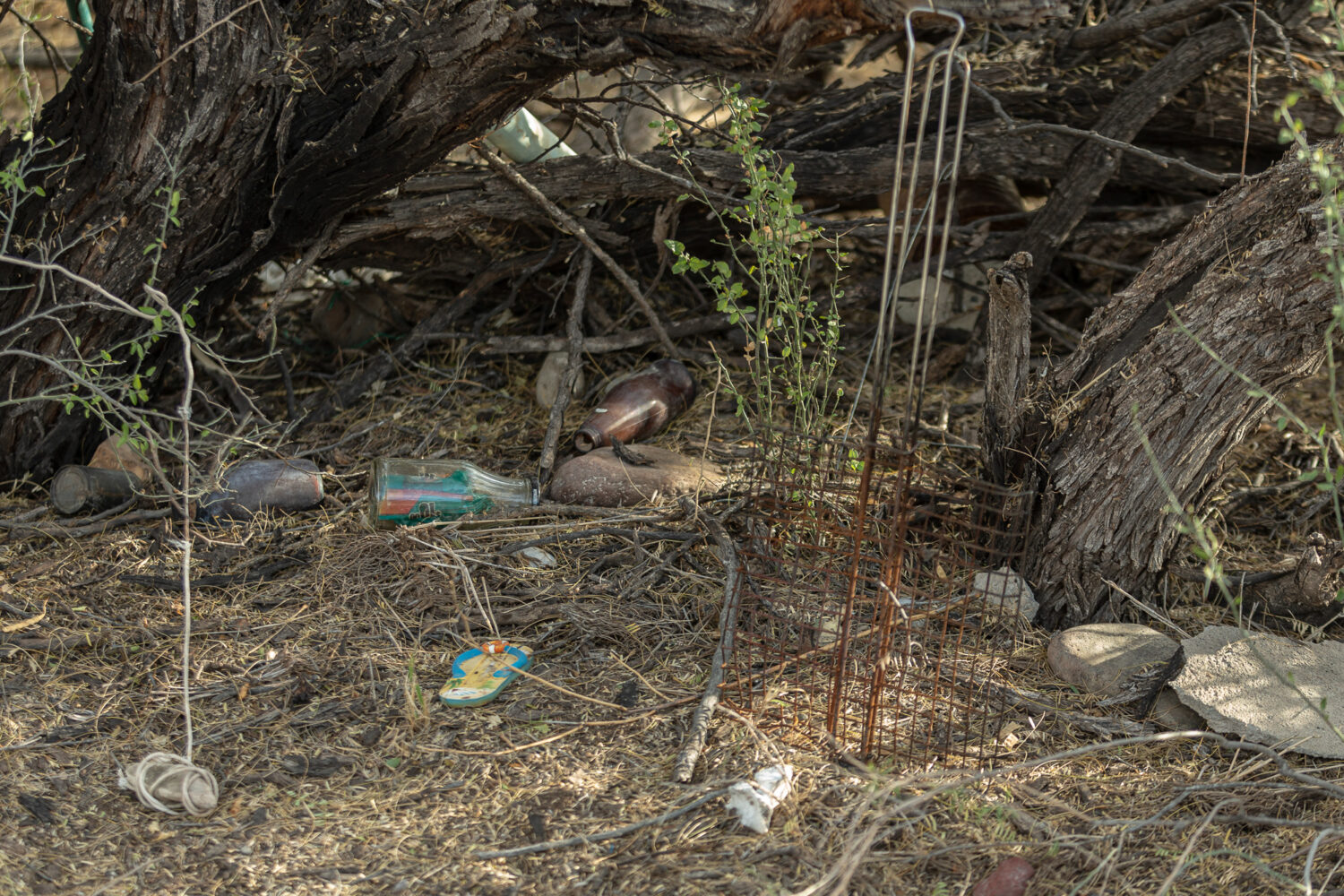
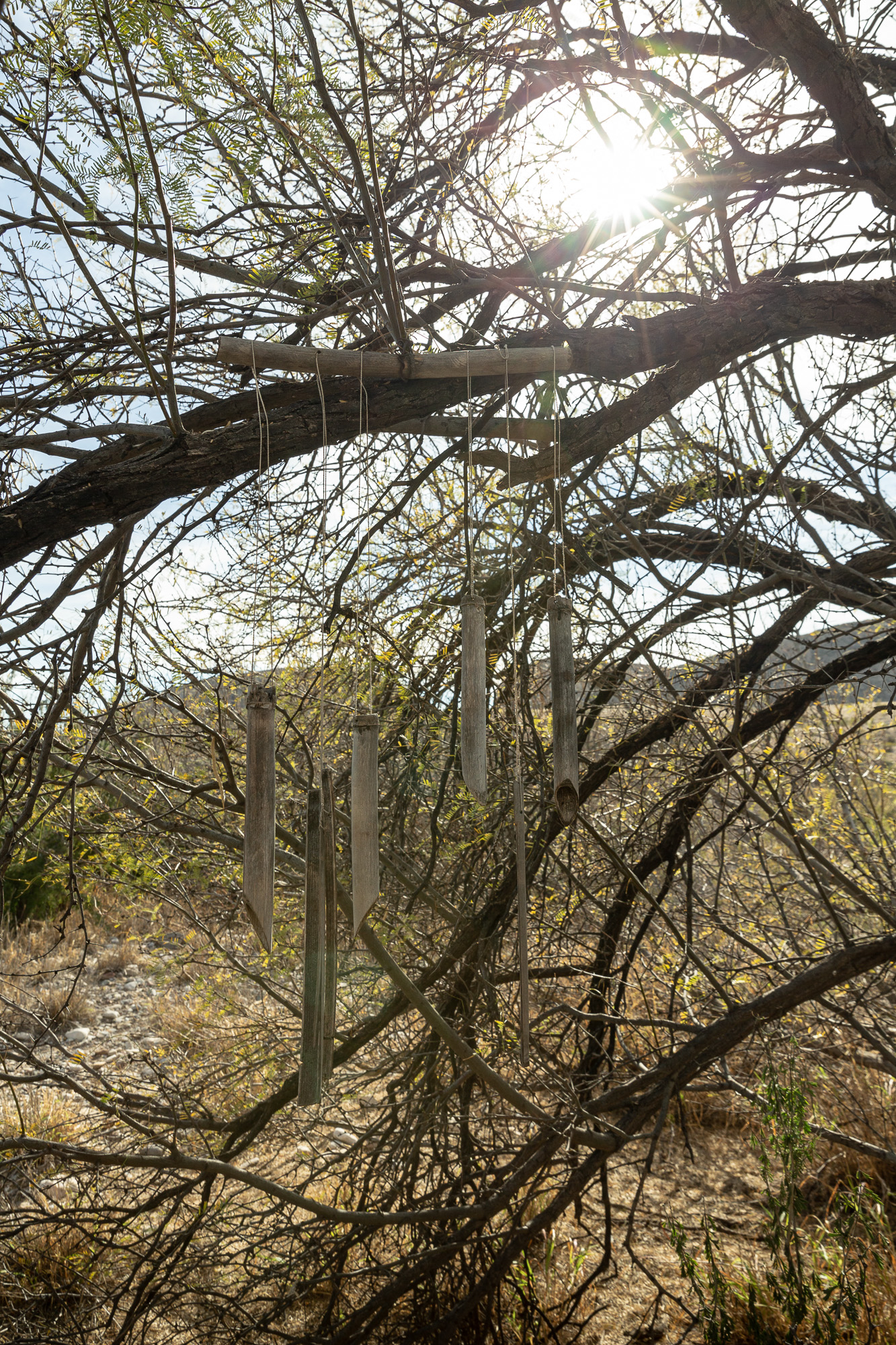
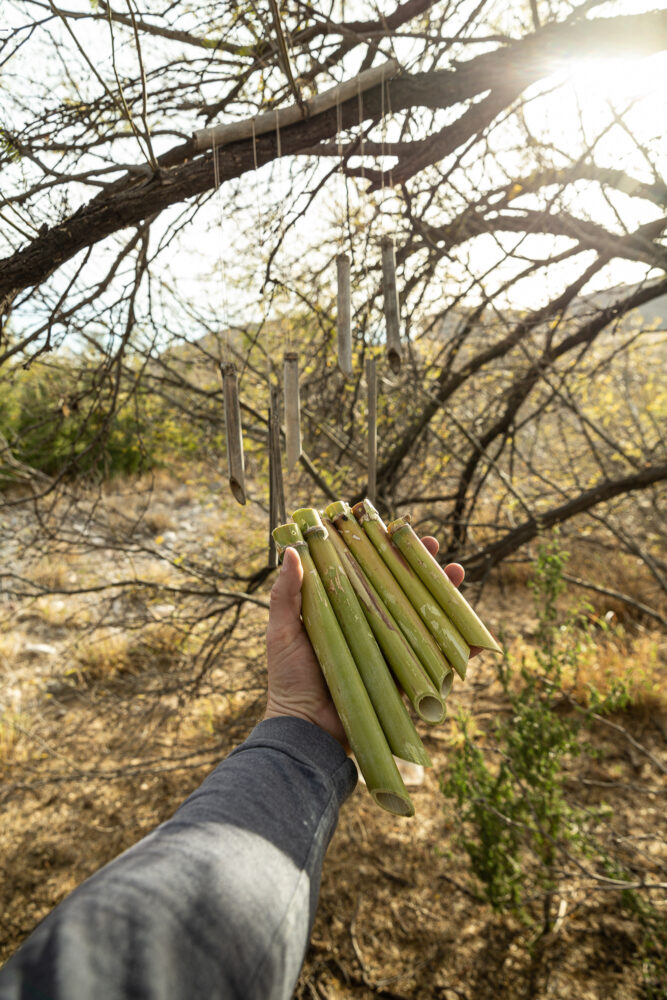
Canyons cut into the mountains force you to second-guess which side belongs to which country. The mountains are the perfect outpost for scouting movement from wildlife below. The aoudads, mountain lions, black bears, mule deer, rattlesnakes, and the insect kingdom all coexist here.
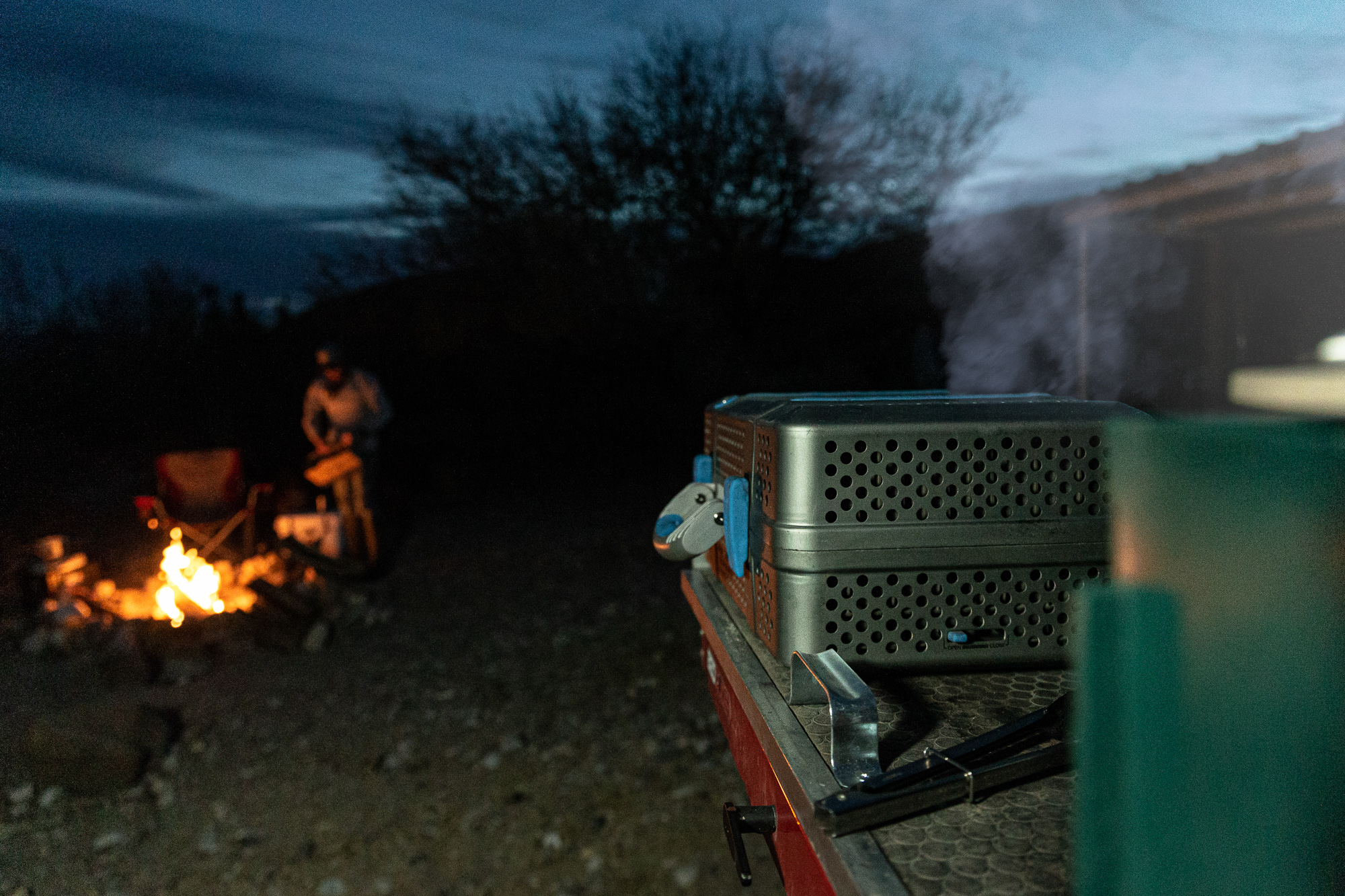
Though the roads are generally unmaintained, this is not a park for bouldering and rock crawling. This place is heavy on personality and scenery. An average all-wheel-drive SUV can cover much ground here. Mind you, the nearest public amenities like fuel, food, and water are over an hour away in Marathon, Texas. You make a conscious choice to be out there. Feel the cool rush of the Rio Grande and the sun on your skin. See the mountains no one thinks exist in Texas. See the remnants of a once-bustling trade route to the abandoned Mexican town of La Linda, its cathedral perched on a hilltop. To lay eyes on this region is to understand and appreciate it. Respect its many layers and know you can spend a lifetime here and never see them all.
Our No Compromise Clause: We carefully screen all contributors to make sure they are independent and impartial. We never have and never will accept advertorial, and we do not allow advertising to influence our product or destination reviews.


